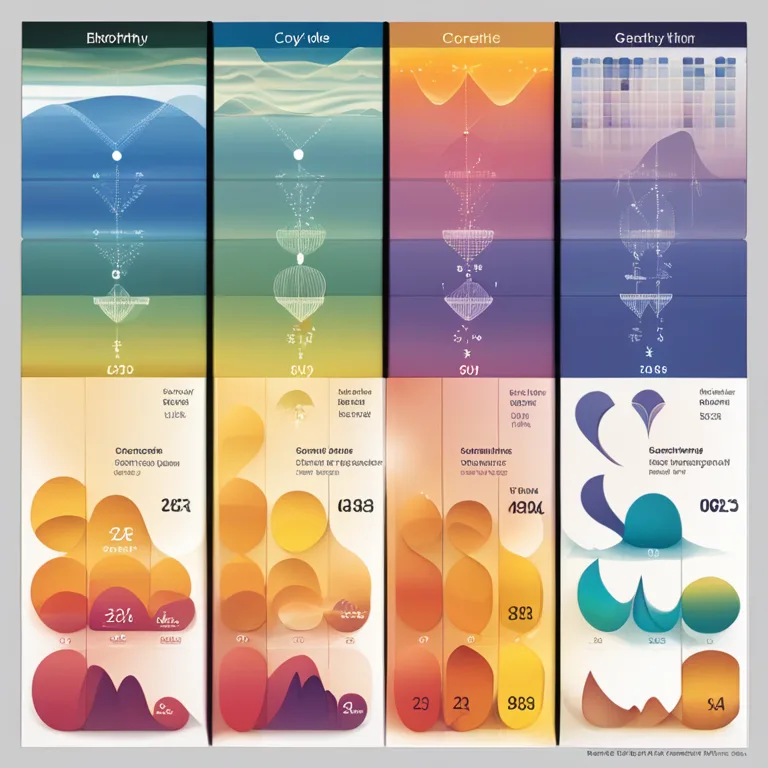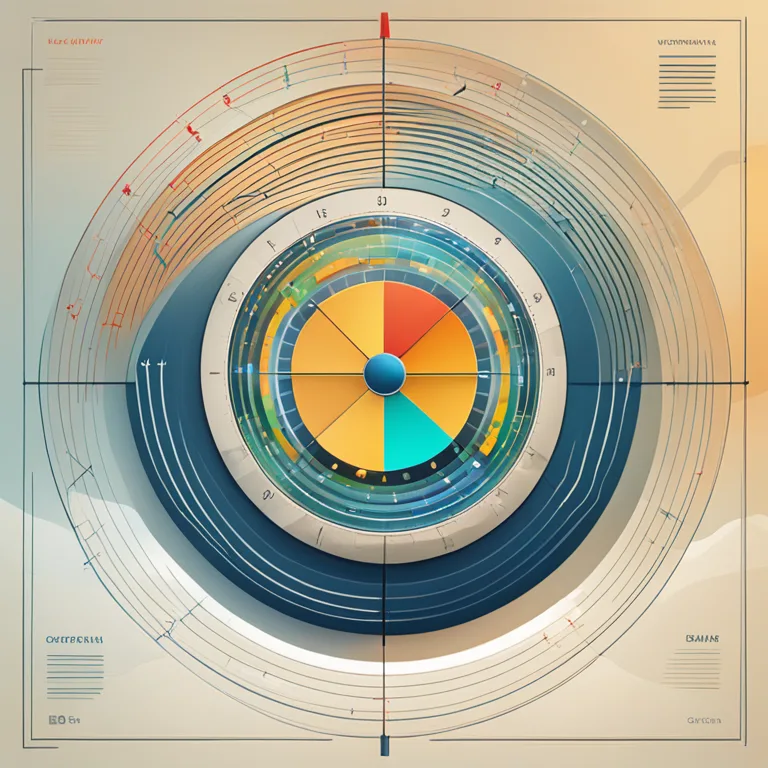
The Science of Biorhythms: An Insight into Our Biological Cycles
This article provides a deep dive into how biorhythms influence our lives and how they can be used to predict periods of high performance and potential vulnerabilities.
article by Adrian Wallace
Introduction to Biorhythms
Biorhythms are considered to be intrinsic cycles that purportedly govern the physical, emotional, and intellectual facets of our being. Originating from a hypothesis dating back to the 19th century, these rhythms are said to start at birth and oscillate in predictable patterns throughout one’s life. Proponents of biorhythms believe that by understanding these rhythms, individuals can anticipate their best days for success as well as predict tougher times.

The Three Primary Cycles
There are three main biorhythm cycles: the physical (23-day cycle), emotional (28-day cycle), and intellectual (33-day cycle). The physical cycle is thought to influence strength, coordination, and overall wellness. The emotional cycle purportedly affects mood, creativity, and perception, while the intellectual cycle is believed to dictate cognitive functions, alertness, and analytical abilities. Each cycle oscillates between high, low, and critical phases, impacting our behavior and performance correspondingly.

Biorhythms and Daily Life
Advocates for biorhythm theory argue that these cycles can significantly influence our daily life. For example, a high phase in the physical cycle might be a prime time to engage in sports or demanding physical activities, while a low phase might suggest a need for rest. Emotional and intellectual cycles align with how we interact, learn, and solve problems. By plotting these cycles, individuals can potentially harness periods of peak performance or avoid important tasks when a critical day is forecasted.

Calculating Personal Biorhythms
Calculating one's biorhythms requires knowledge of one's birth date and the use of biorhythm calculators, which have become increasingly sophisticated over the years. These tools extrapolate the high, low, and critical days for each cycle, thus providing a personalized biorhythm chart. Some individuals use these charts to plan ahead for critical life events, although the scientific community remains split on their empirical validity.

The Science and Skepticism
Scientific scrutiny of biorhythms has led to mixed conclusions. While some studies have shown correlations between biorhythm cycles and performance in certain tasks, others have not found significant evidence supporting the theory. As a result, biorhythms remain controversial, with enthusiasts embracing them as insightful life tools and skeptics regarding them as pseudoscience.
Biorhythms in the Digital Age
With advances in technology and greater interest in personal well-being, digital platforms dedicated to biorhythms have proliferated. Users can now access their biorhythm data through mobile apps and websites with enhanced features such as notifications for critical days and integration with digital calendars. The accessibility of such tools has made biorhythms more mainstream, prompting even more debate and interest in their practical applications.
Personal Empowerment or Placebo?
Whether one views biorhythms as a scientific truth or a belief system, they serve a purpose for many as a method of personal empowerment. By becoming mindful of one's biorhythm patterns, individuals might make more informed decisions or develop a greater understanding of their emotional and cognitive fluctuations, even if the effects are placebo in nature. Ultimately, the application of biorhythms, whether for awareness or for planning, underscores an enduring human search for patterns in life.
Published: 12/28/2023
Modified: 12/28/2023
More predictions
Come back here soon to learn more about yourself and your future


Biorhythms Compatibility Calculator: Synchronize Your Cycles
Discover how a biorhythms compatibility calculator can help you sync with your partner's innate cycles for an enhanced connection.


Biorhythm Love Compatibility Calculator: A Guide
Discover the secret to harmonious relationships with our Biorhythm Love Compatibility Calculator. Unlock the potential of emotional, physical, and intellectual synch.


Biorhythm Compatibility and Birth Dates: The Connection Revealed
Discover how biorhythm compatibility based on birth dates can influence personal connections and relationship dynamics.